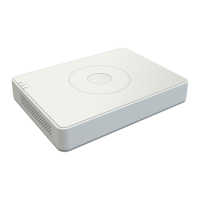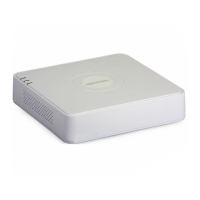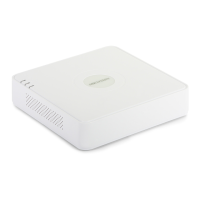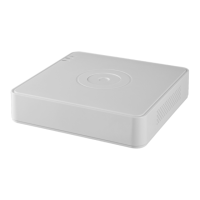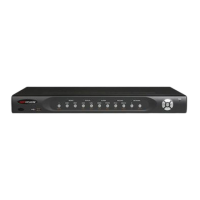User Manual of Digital Video Recorder
114
6. You can click Refresh to get the latest status of the port mapping.
Figure 9. 18 UPnP™ Settings Finished
7. Click the Apply button to save the settings.
9.2.5 Configure More Settings
Steps:
1. Enter the Network Settings interface.
Menu > Configuration > Network
2. Select the More Settings tab to enter the More Settings interface.
Figure 9. 19 More Settings Interface
3. Configure the remote alarm host, server port, HTTP port, multicast, RTSP port or telnet.
Alarm Host IP/Port: With a remote alarm host configured, the device will send the alarm event or
exception message to the host when an alarm is triggered. The remote alarm host must have the
CMS (Client Management System) software installed.
The Alarm Host IP refers to the IP address of the remote PC on which the CMS (Client
Management System) software (e.g., iVMS-4200) is installed, and the Alarm Host Port must be
the same as the alarm monitoring port configured in the software (default port is 7200).
Multicast IP: The multicast can be configured to realize live view for more than the maximum
number of cameras through network. A multicast address spans the Class-D IP range of 224.0.0.0
to 239.255.255.255. It is recommended to use the IP address ranging from 239.252.0.0 to
239.255.255.255.
When adding a device to the CMS (Client Management System) software, the multicast address
must be the same as the device’s multicast IP.
RTSP Port: The RTSP (Real Time Streaming Protocol) is a network control protocol designed for
use in entertainment and communications systems to control streaming media servers.
Enter the RTSP port in the text field of RTSP Port. The default RTSP port is 554, and you can
